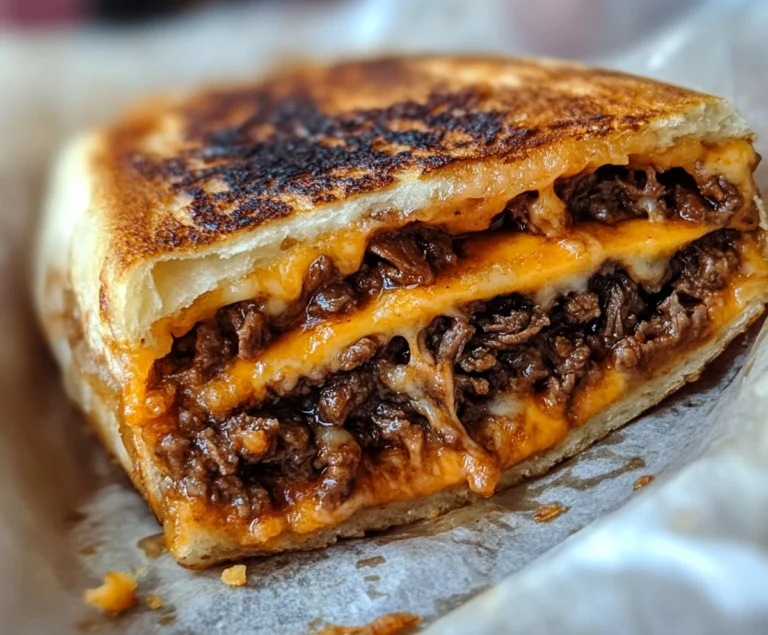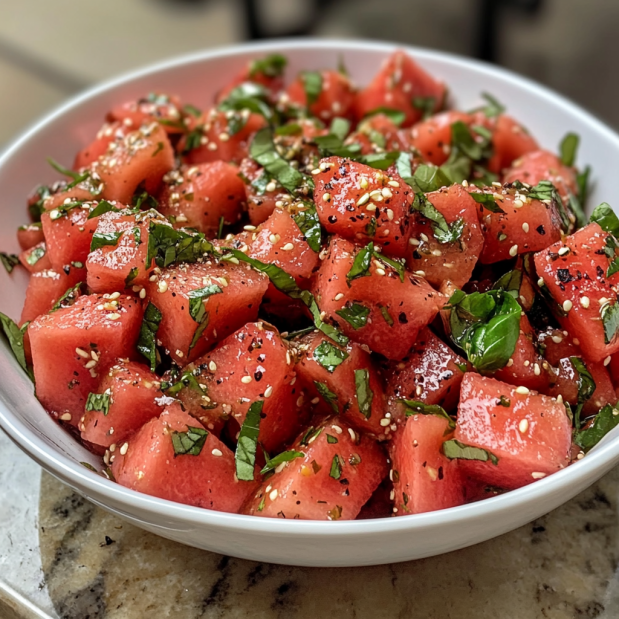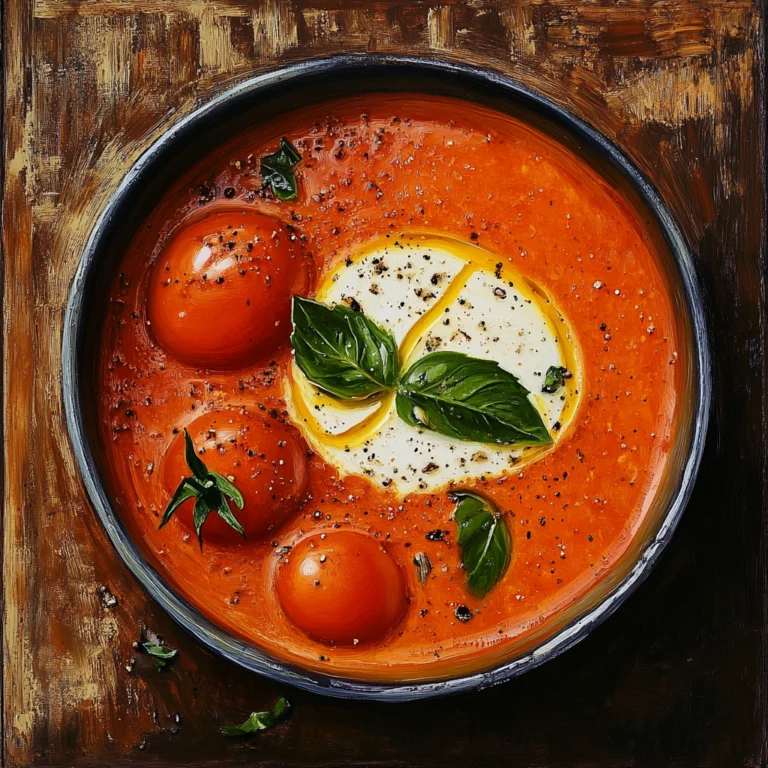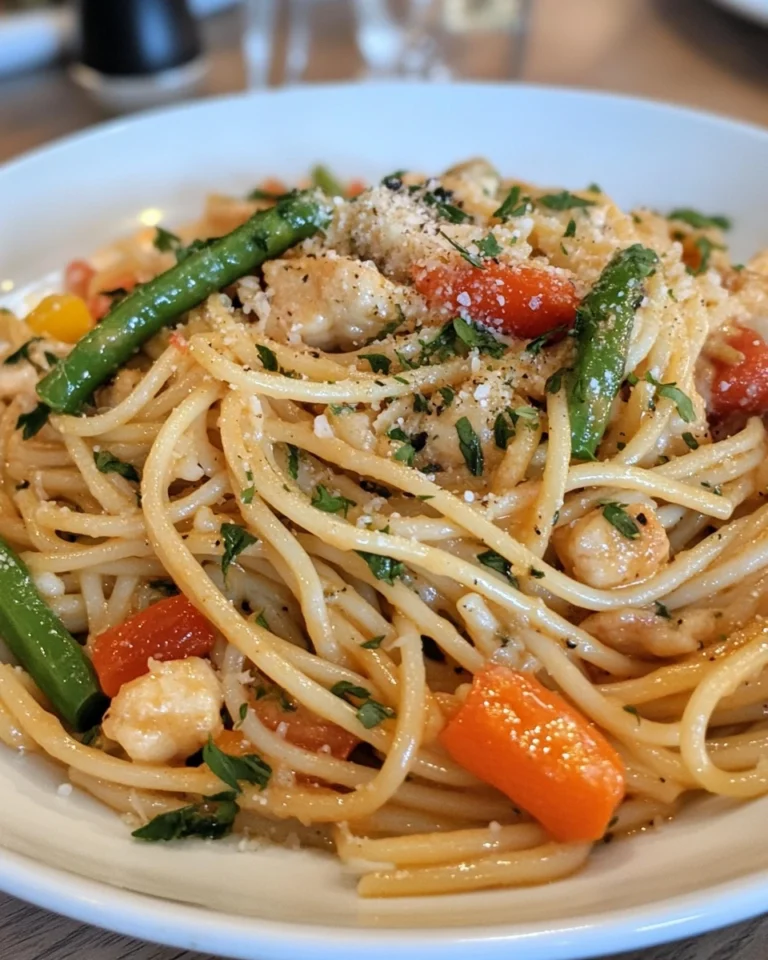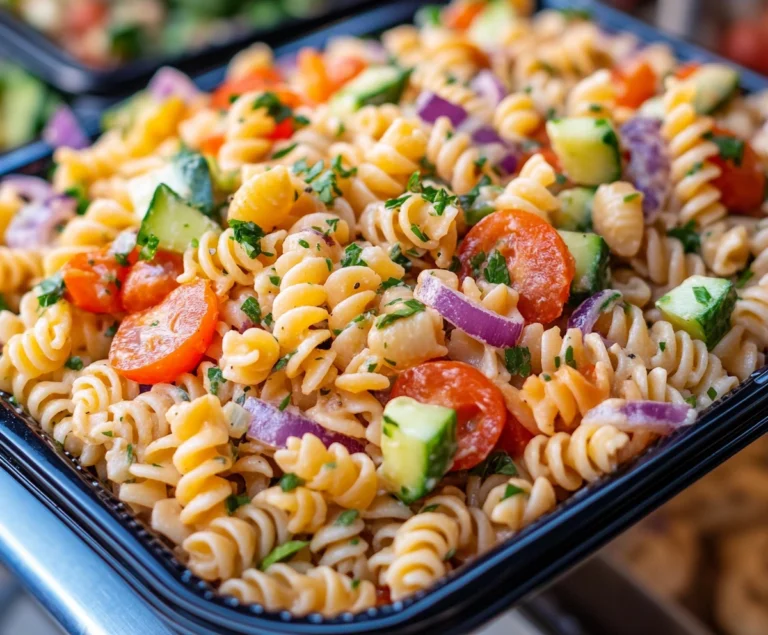What’s the Difference Between a California Roll and a Dragon Roll?
Sushi has become one of the most popular Japanese dishes across the globe, with many variations tailored to local tastes. Two of the most iconic and commonly ordered sushi rolls are the California Roll and the Dragon Roll. Both are a great introduction to sushi, offering contrasting flavors and textures. But what sets these two apart, and why are they so beloved by sushi enthusiasts?
In this comprehensive guide, we’ll explore everything you need to know about the California Roll and the Dragon Roll, including their history, ingredients, preparation, flavor profiles, nutritional information, and tips for making them at home. Whether you’re a sushi novice or a seasoned expert, this guide will help you appreciate the nuanced differences between these two popular rolls.
1. The History and Origins of California Roll and Dragon Roll
1.1 The Birth of the California Roll: A Western Innovation
The California Roll has a fascinating origin story that reflects the cultural exchange between Japan and the West. In the late 1960s, Ichiro Mashita, a sushi chef working at Tokyo Kaikan in Los Angeles, is credited with inventing the roll. The goal was to create a sushi dish that would appeal to American palates, which were generally unfamiliar with raw fish at the time.
Traditionally, sushi is made with raw fish, but this was an obstacle for many Western diners. Chef Mashita substituted the raw fish with imitation crab (often referred to as krab) to provide a familiar taste and texture. To enhance the flavor, he added avocado, which mimicked the fatty texture of toro (fatty tuna), and cucumber for a refreshing crunch. Moreover, he flipped the traditional style of sushi by placing the rice on the outside (an inside-out roll), hiding the seaweed (nori) that many Americans found intimidating.
This approach worked incredibly well, and the California Roll became a sushi staple in the United States. It wasn’t long before its popularity spread across the globe, becoming a gateway to sushi for many people.
1.1.1 Why the Name “California Roll”?
The name California Roll comes from its association with Los Angeles, California, where it was first created. The use of local ingredients, such as avocado and crab, reflects the sunny, coastal vibes of California, making it an apt name for this iconic roll.
1.2 The Creation of the Dragon Roll: A Modern Masterpiece
In contrast, the Dragon Roll is a much more recent innovation, designed to be both visually stunning and flavor-packed. While there is no specific origin story for the Dragon Roll, it emerged in sushi restaurants as chefs became more experimental, especially in high-end sushi bars where presentation is just as important as taste.
The Dragon Roll gets its name from its elaborate presentation. The roll is usually shaped to resemble a dragon, with avocado or eel (unagi) artfully arranged on top to mimic the scales of the mythical creature. Some versions of the Dragon Roll even have the shrimp tempura tails sticking out to represent the dragon’s head and tail.
The Dragon Roll is a prime example of modern fusion sushi, combining traditional Japanese ingredients like eel and tobiko with the crunchy, fried texture of shrimp tempura that appeals to Western tastes. It’s a more indulgent roll compared to the simpler California Roll, making it a favorite for those looking for a sushi experience that’s both bold and luxurious.
1.3 Sushi in the Western World: How Both Rolls Helped Popularize Sushi
Both the California Roll and the Dragon Roll have played crucial roles in popularizing sushi in the Western world. The California Roll is often seen as the “beginner’s sushi” because it eliminates the raw fish that can be intimidating for first-timers, while the Dragon Roll appeals to more adventurous eaters who want to experience the complex flavors of eel, shrimp tempura, and unagi sauce.
Over time, these rolls have evolved and inspired countless variations, but they remain two of the most requested sushi rolls on menus worldwide. Their impact on the sushi industry cannot be overstated.
2. Ingredients: Breaking Down What’s Inside Each Roll
2.1 Traditional Ingredients in the California Roll
The simplicity of the California Roll is part of its charm. Here’s what typically goes into making a California Roll:
- Sushi Rice (Shari): The base of any sushi roll is sushi rice, seasoned with a mixture of rice vinegar, sugar, and salt to give it a tangy flavor. The rice is sticky enough to hold the roll together but not too heavy.
- Nori (Seaweed): Though the rice is on the outside in a California Roll, nori is still a key ingredient. This dried seaweed provides a slight briny taste and structural integrity to the roll.
- Imitation Crab (Krab): This is the key protein in a California Roll. While some high-end versions use real crab, most rolls are made with imitation crab (surimi), which is made from white fish and has a texture similar to crab.
- Avocado: The creamy texture of avocado gives the roll a richness that balances out the other ingredients.
- Cucumber: This provides a refreshing crunch, adding contrast to the softer ingredients like avocado and krab.
- Sesame Seeds or Tobiko: As a finishing touch, the outside of the roll is often sprinkled with sesame seeds or tobiko (flying fish roe) to enhance both flavor and appearance.
2.1.1 Variations of the California Roll
While the classic version of the California Roll uses imitation crab, many sushi restaurants offer variations. Some rolls are made with real crab for a more luxurious experience, while others might include spicy mayo, cream cheese, or even a hint of wasabi for an extra kick.
2.2 Traditional Ingredients in the Dragon Roll
The Dragon Roll is a more complex and indulgent roll, featuring both cooked and fried elements:
- Sushi Rice (Shari): Like the California Roll, sushi rice is the foundation of the Dragon Roll.
- Nori (Seaweed): The nori in a Dragon Roll provides structure but is usually hidden beneath the rice and toppings.
- Shrimp Tempura: One of the key ingredients in a Dragon Roll is shrimp tempura. The shrimp is battered and fried until crispy, giving the roll a crunchy texture.
- Eel (Unagi): Grilled eel is another signature ingredient, adding a rich, smoky flavor. Unagi is often cooked with a sweet eel sauce (similar to teriyaki), which enhances its savory taste.
- Avocado: In the Dragon Roll, avocado is sliced thin and placed on top of the roll, mimicking the scales of a dragon.
- Cucumber: Like the California Roll, cucumber adds a refreshing crunch to the Dragon Roll.
- Unagi Sauce: This thick, sweet sauce is drizzled over the top of the roll, adding an extra layer of flavor. Unagi sauce is made from soy sauce, sugar, and mirin (a sweet rice wine).
- Tobiko or Masago (Fish Roe): Small fish eggs, either tobiko or masago, are often sprinkled on top of the roll for added texture and a pop of color.
2.2.1 Variations of the Dragon Roll
There are many variations of the Dragon Roll. Some versions substitute shrimp tempura with soft-shell crab or other tempura-fried ingredients. Others add spicy tuna, cream cheese, or even additional toppings like tempura flakes or spicy mayo.
3. Presentation and Visual Appeal
3.1 The Art of the California Roll: Simplicity Meets Elegance
The California Roll is often viewed as a minimalist sushi roll. Its clean, inside-out presentation, with the rice on the outside and a sprinkle of sesame seeds or tobiko, is subtle but attractive. The roll is typically cut into even-sized pieces, making it easy to eat with chopsticks or by hand. The simplicity of the presentation reflects the simplicity of its ingredients.
While it may not be as elaborate as the Dragon Roll, the California Roll is still visually appealing due to the vibrant colors of the avocado, cucumber, and tobiko (if used). It’s a great roll for those who prefer a more understated aesthetic.
3.2 The Dragon Roll: A Showstopper on the Plate
In contrast, the Dragon Roll is designed to be a visual masterpiece. The roll is typically presented in a way that mimics a dragon, with avocado slices fanned out to resemble scales. Sometimes the roll is served with the shrimp tempura tails sticking out to mimic the dragon’s head and tail, adding to the dramatic presentation.
The bright green of the avocado, the deep brown of the eel, and the orange hue of the tobiko or masago all come together to create a colorful and eye-catching dish. Drizzles of unagi sauce not only add flavor but also enhance the visual appeal, making the Dragon Roll a true feast for the eyes.
3.3 Sushi Presentation as a Form of Art
In Japanese cuisine, presentation is just as important as taste. The careful arrangement of ingredients, the balance of colors, and the overall harmony of the dish are all considered essential components of sushi-making. The Dragon Roll, with its elaborate design, embodies this philosophy, while the California Roll offers a more minimalist but equally thoughtful presentation.
4. Flavor Profiles: How They Differ on the Palate
4.1 California Roll: Light, Creamy, and Refreshing
The California Roll offers a mild, refreshing flavor profile that appeals to sushi newcomers and those who prefer lighter tastes. The combination of imitation crab (or real crab), avocado, and cucumber creates a creamy yet crisp bite that’s satisfying without being overwhelming.
- Avocado: The creamy texture of the avocado balances the slightly salty, sweet flavor of the imitation crab, creating a well-rounded bite.
- Cucumber: The cucumber adds a refreshing, slightly watery crunch that contrasts nicely with the other ingredients.
- Tobiko or Sesame Seeds: If tobiko is used, it adds a subtle pop of brininess. Sesame seeds bring a mild nuttiness.
Overall, the California Roll is easy on the palate and perfect for those who might not enjoy the stronger flavors associated with traditional sushi.
4.2 Dragon Roll: Bold, Savory, and Complex
In contrast, the Dragon Roll is rich, bold, and savory. The combination of shrimp tempura, grilled eel, unagi sauce, and avocado creates a complex flavor profile that offers layers of sweetness, smokiness, and crunch. The roll is indulgent and satisfying, making it a popular choice for those who enjoy more intense flavors.
- Shrimp Tempura: The crispy, fried shrimp offers a satisfying crunch that contrasts with the softness of the rice and avocado.
- Grilled Eel: The unagi provides a smoky, savory flavor that pairs perfectly with the sweet, sticky unagi sauce.
- Unagi Sauce: This sweet, rich sauce ties the flavors together, adding depth and complexity to the roll.
5. Nutritional Comparison: Which Roll is Healthier?
While both the California Roll and Dragon Roll are delicious, they differ significantly in their nutritional profiles.
5.1 Nutritional Breakdown of a California Roll
The California Roll is generally considered a lighter option in the sushi world. Here’s a typical nutritional breakdown per roll (8 pieces):
- Calories: 250-300
- Protein: 6-8 grams
- Carbohydrates: 38-45 grams
- Fat: 5-10 grams
- Fiber: 2-3 grams
- Sodium: 500-700 mg
The roll is relatively low in fat (especially if imitation crab is used) and provides a moderate amount of protein and healthy fats from the avocado. It’s also a good source of fiber, thanks to the cucumber and nori.
5.2 Nutritional Breakdown of a Dragon Roll
The Dragon Roll, while more indulgent, tends to be higher in calories and fat due to the fried shrimp tempura, unagi, and unagi sauce. Here’s a typical nutritional breakdown per roll (8 pieces):
- Calories: 400-500
- Protein: 12-15 grams
- Carbohydrates: 45-50 grams
- Fat: 18-22 grams
- Fiber: 2-4 grams
- Sodium: 800-1000 mg
While the Dragon Roll is richer in flavor and protein, it also contains more fat and calories. The fried shrimp tempura adds a significant amount of fat, and the unagi sauce contributes to the roll’s higher sugar and sodium content. However, the unagi provides omega-3 fatty acids, which are beneficial for heart health.
5.3 Which Roll is Healthier?
If you’re looking for a healthier option, the California Roll is the way to go. It’s lower in calories and fat while still providing a good source of protein and healthy fats from the avocado. The Dragon Roll, while delicious, is a more indulgent choice, best enjoyed in moderation.
6. Variations and Twists: How Chefs Customize These Rolls
6.1 Creative Takes on the California Roll
While the classic California Roll is a favorite, many sushi chefs have put their own spin on this simple roll. Here are a few common variations:
- Spicy California Roll: Some versions of the California Roll add a layer of spicy mayo on top for a kick of heat.
- Tempura California Roll: This version features a tempura-fried outer layer, adding a crispy texture to the roll.
- Real Crab California Roll: For a more luxurious twist, some sushi bars offer the California Roll with real crab instead of imitation crab.
6.2 Unique Variations of the Dragon Roll
Given the Dragon Roll’s elaborate presentation and rich ingredients, it’s no surprise that chefs love to experiment with this roll. Here are some popular variations:
- Spicy Dragon Roll: Adding spicy tuna or spicy mayo inside the roll gives the Dragon Roll an extra kick.
- Crunchy Dragon Roll: Topping the roll with tempura flakes adds even more crunch to the already crispy shrimp tempura.
- Black Dragon Roll: Some restaurants use squid ink to dye the unagi sauce black, giving the roll an even more dramatic presentation.
7. How to Make California and Dragon Rolls at Home
While these rolls are staples at sushi restaurants, they can also be made at home with the right ingredients and a little practice. Here’s a step-by-step guide to making each roll.
7.1 How to Make a California Roll
Ingredients:
- Sushi rice (1 cup)
- Nori (1 sheet)
- Imitation crab or real crab (1/4 cup)
- Avocado (1/2, sliced)
- Cucumber (1/4, julienned)
- Sesame seeds or tobiko (for garnish)
- Soy sauce and pickled ginger (for serving)
Instructions:
- Prepare the Rice: Rinse the sushi rice until the water runs clear. Cook the rice according to the package instructions. Once cooked, mix with rice vinegar, sugar, and salt. Let it cool.
- Lay Out the Nori: Place a bamboo sushi mat on a clean surface. Lay a sheet of nori on the mat, shiny side down.
- Add the Rice: With wet hands, spread a thin layer of sushi rice over the nori. Sprinkle with sesame seeds or tobiko if desired.
- Flip the Nori: Carefully flip the nori so the rice is on the outside.
- Add the Fillings: Lay the imitation crab, avocado, and cucumber in a line across the center of the nori.
- Roll It Up: Using the bamboo mat, carefully roll the sushi into a tight log. Press gently to shape the roll.
- Slice and Serve: Cut the roll into 8 pieces with a sharp knife. Serve with soy sauce, pickled ginger, and wasabi.
7.2 How to Make a Dragon Roll
Ingredients:
- Sushi rice (1 cup)
- Nori (1 sheet)
- Shrimp tempura (2 pieces)
- Grilled eel (unagi, 1/4 cup)
- Avocado (1/2, thinly sliced)
- Cucumber (1/4, julienned)
- Unagi sauce (for drizzling)
- Tobiko or masago (for garnish)
Instructions:
- Prepare the Shrimp Tempura: Coat shrimp in tempura batter and fry until golden brown. Set aside.
- Lay Out the Nori: Place a bamboo sushi mat on a clean surface. Lay a sheet of nori on the mat, shiny side down.
- Add the Rice: Spread a layer of sushi rice over the nori. Press the rice down firmly.
- Add the Fillings: Place the shrimp tempura, cucumber, and a small amount of grilled eel in the center of the nori.
- Roll It Up: Carefully roll the sushi into a log using the bamboo mat. Press gently to shape.
- Top with Avocado and Eel: Lay thin slices of avocado across the top of the roll to mimic dragon scales. Add additional grilled eel on top.
- Drizzle with Unagi Sauce: Generously drizzle unagi sauce over the top of the roll.
- Slice and Serve: Cut the roll into 8 pieces. Garnish with tobiko or masago and serve with soy sauce and pickled ginger.
8. FAQs (Frequently Asked Questions)
8.1 What’s the Healthiest Sushi Roll?
The California Roll is generally considered a healthier option compared to the Dragon Roll due to its lower calorie and fat content. However, both rolls can be enjoyed as part of a balanced diet.
8.2 Can You Make California or Dragon Rolls at Home?
Yes, both rolls can be made at home with the right ingredients and some practice. The California Roll is easier to make, while the Dragon Roll requires more advanced sushi-making skills due to its elaborate presentation.
8.3 What’s the Difference Between a Dragon Roll and a Caterpillar Roll?
The Caterpillar Roll is another popular sushi roll that features avocado and grilled eel but is typically more focused on the avocado as the primary topping. It gets its name from the way the avocado is arranged to resemble a caterpillar.
8.4 Is the Dragon Roll Spicy?
The traditional Dragon Roll is not spicy, but many restaurants offer spicy variations by adding spicy tuna or spicy mayo to the roll.
9. Conclusion
Both the California Roll and Dragon Roll are beloved for different reasons. The California Roll offers a light, refreshing flavor profile, making it ideal for sushi newcomers or those who prefer mild flavors. On the other hand, the Dragon Roll is a bold, flavorful experience that combines crispy, fried textures with the smoky richness of eel and unagi sauce.
Whether you’re ordering sushi at a restaurant or trying your hand at making it at home, these two rolls are sure to satisfy any sushi craving. Understanding the differences between them will help you appreciate the artistry and flavors behind each one, making your sushi dining experience even more enjoyable.


